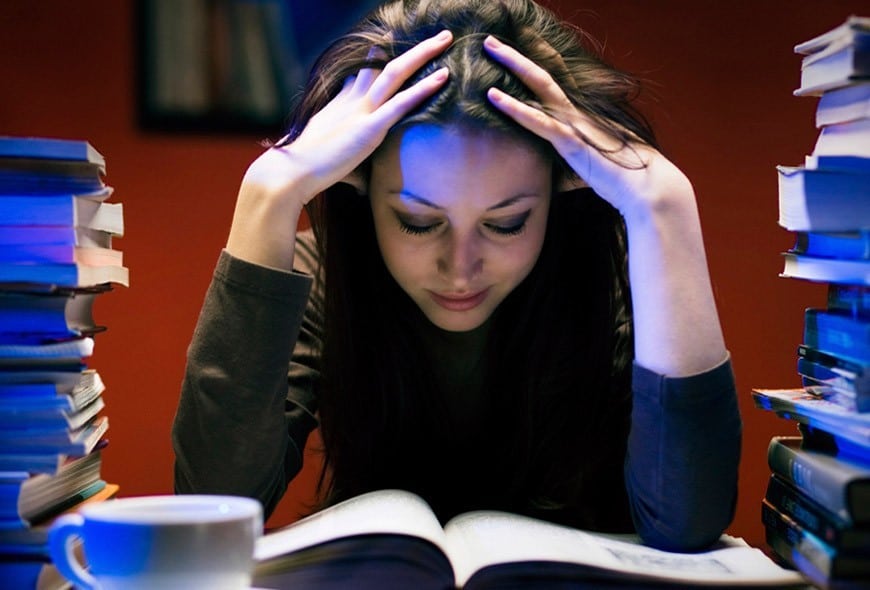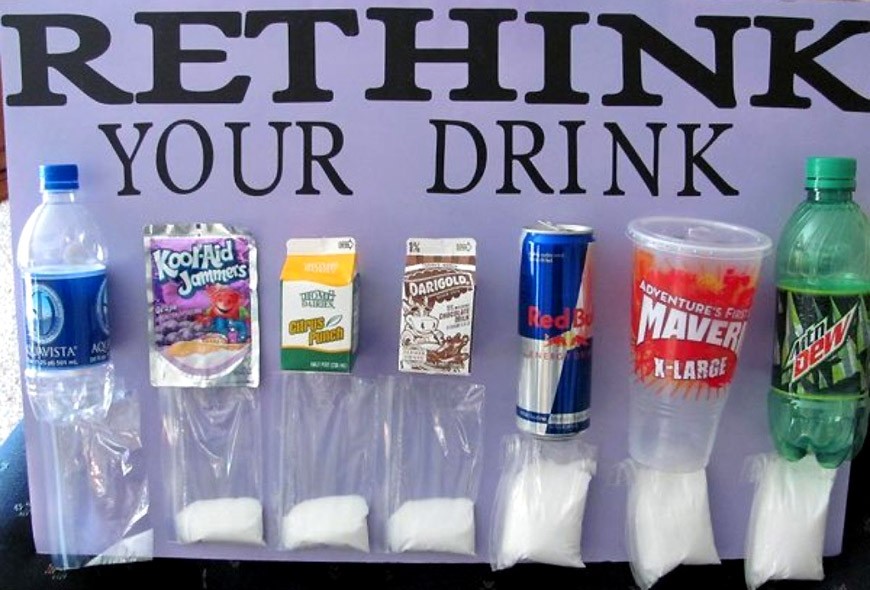While writing that 15 page term paper or working late on an important project, you might just need a little something extra to get you through. For some, their go-to beverage is coffee while others turn to energy drinks. With over 100 million consumers per year, you could say Red Bull, Monster, and Rockstar have officially dominated every 7-11 and AM/PM. As people chase the high of these artificially flavored drinks, you have to ask yourself… what exactly am I drinking?
The History Of Energy Drinks
The first energy drink sold and distributed in North America was Jolt Cola in 1985. Now the product is available to a multitude of people in various brands. Is their vast popularity necessary though? The drinks were originally designed as a way to give athletes an additional energy boost during training and competition, however energy drinks really caught on with young adults and quickly became a part of American culture.
What Make Them Different?
Since the introduction of Red Bull to the U.S. in the late 90’s, energy drinks have departed from obscurity and become a part of daily life. Over two hundred new brands were launched between 2006 and 2007 and annual revenues have increased across the board each year.
The contents of these drinks are actually very complex when given a closer look. The two main common ingredients are caffeine and sugar. Additional ingredients such as Vitamin B12 and Taurine amongst other more obscure chemicals like Potassium Benzoate and Sodium hexametaphosphate are added depending on the manufacturer, and the companies claim that they can provide more stamina and improve performance in daily activities.
Energy drinks differ from other flavored beverages with their unique agenda. They work exclusively as an energy provider. While most soft drinks usually consist of water, artificial flavors, and some caffeine, about 18 to 48 milligrams, they are mostly just made to taste good. In contrast, energy beverages contain up to 80 milligrams of caffeine (an average cup of coffee) and are intended to give people an added burst of energy. However, they don’t have electrolytes to rehydrate and replenish the body like sports drinks, so these “stamina boosting” drinks can actually leave you feeling more dehydrated.
What Is Their Appeal?
The appeal of energy drinks are largely due to two major characteristics: their appearance, which is usually a bold, colorful, and sleek design; and their ability to keep you feeling energized for a sustained period of time. The extra caffeine enables people to push beyond their normal energy limits. This could come in handy if you need to pull an all-nighter or have a busy day ahead.
Product Expansion
In order to expand the market, companies have branded certain products such as the drink, Hype, to specifically appeal to women. The ambassador and face of Hype is Victoria’s Secret model Candice Swanepoel and in addition, the drink is being advertised in the September issue of Vogue.
The Potential Risks
Energy drinks can put the extra pep in your step, but be advised that they also carry risks. These risks include:
- Headaches and migraines- many of these drinks can cause severe headaches due to caffeine withdraw. Altering the amount of caffeine you ingest each day also causes headaches.
- Insomnia- Often times people feel so awake from the additional energy that they experience trouble sleeping.
- Type 2 diabetes- The high amounts of sugar in these drinks can cause a break-down in insulin producing cells, causing type 2 diabetes.
- Drug interaction- Caffeine can cause negative reactions when combined with regular medications.
- Addiction- Caffeine is a stimulant that can cause addiction and dependency.
- Jitters and Nervousness- Too much caffeine and sugar can increase and cause anxiety in people and can also cause their bodies to shake.
It is also important to mention that people with heart conditions and women who are pregnant should probably avoid these drinks due to possible complications.
What Do We Think?
Local Philadelphia comedian Robert Cromartie recently caught up with MiLLENNIAL on the subject of energy drinks. Cromartie says, “I generally don’t drink them, because I don’t care for the taste and they are often loaded with sugar.” MiLLENNIAL also spoke to another local comic, Bino Brogden who shared a similar opinion, “I just never really got into them, I have friends that like them, but they’re just not really my thing. And they are also expensive and can cause heart palpitations. I do drink coffee though,” Brogden admits.
How To Use Energy Drinks Properly And Alternative Solutions
In our society, the consumption of caffeine is almost unavoidable. According to Kathleen Miller, Ph.D., and a senior research scientist at the University of Buffalo about 80 percent of adults in the U.S. use the stimulant on a daily basis. However, caffeine is practically harmless in small amounts. You can still enjoy energy drinks, but to prevent possible injury and dependency it is best to consume them in moderation.
If you find yourself frequently fatigued and in constant need of an extra boost, there are a few other ways to gain more energy and feel rejuvenated. Health and nutrition expert Katherine Zeratsky suggests that people can feel better by getting adequate sleep (8 hours), more exercise (especially aerobic) and eating a healthy diet.
Popular brands of energy drinks like Rock Star and Red Bull are out there, and they will probably continue to be out there. The choice to utilize them is yours as a consumer, if they meet your preferences and appeal to you, go for it! Just keep the risk factors in mind. For more information on energy drinks, please visit Caffeine informer.com.


